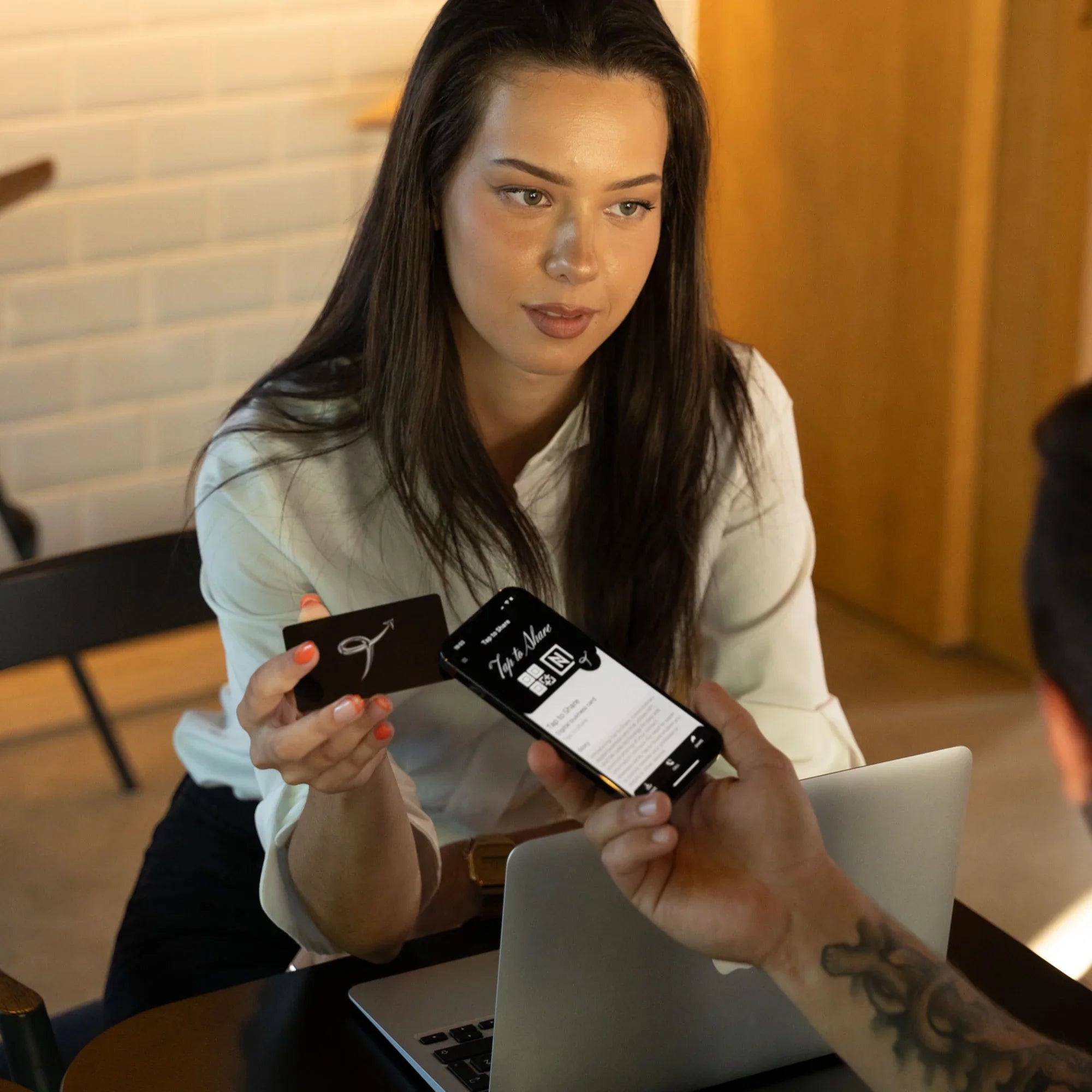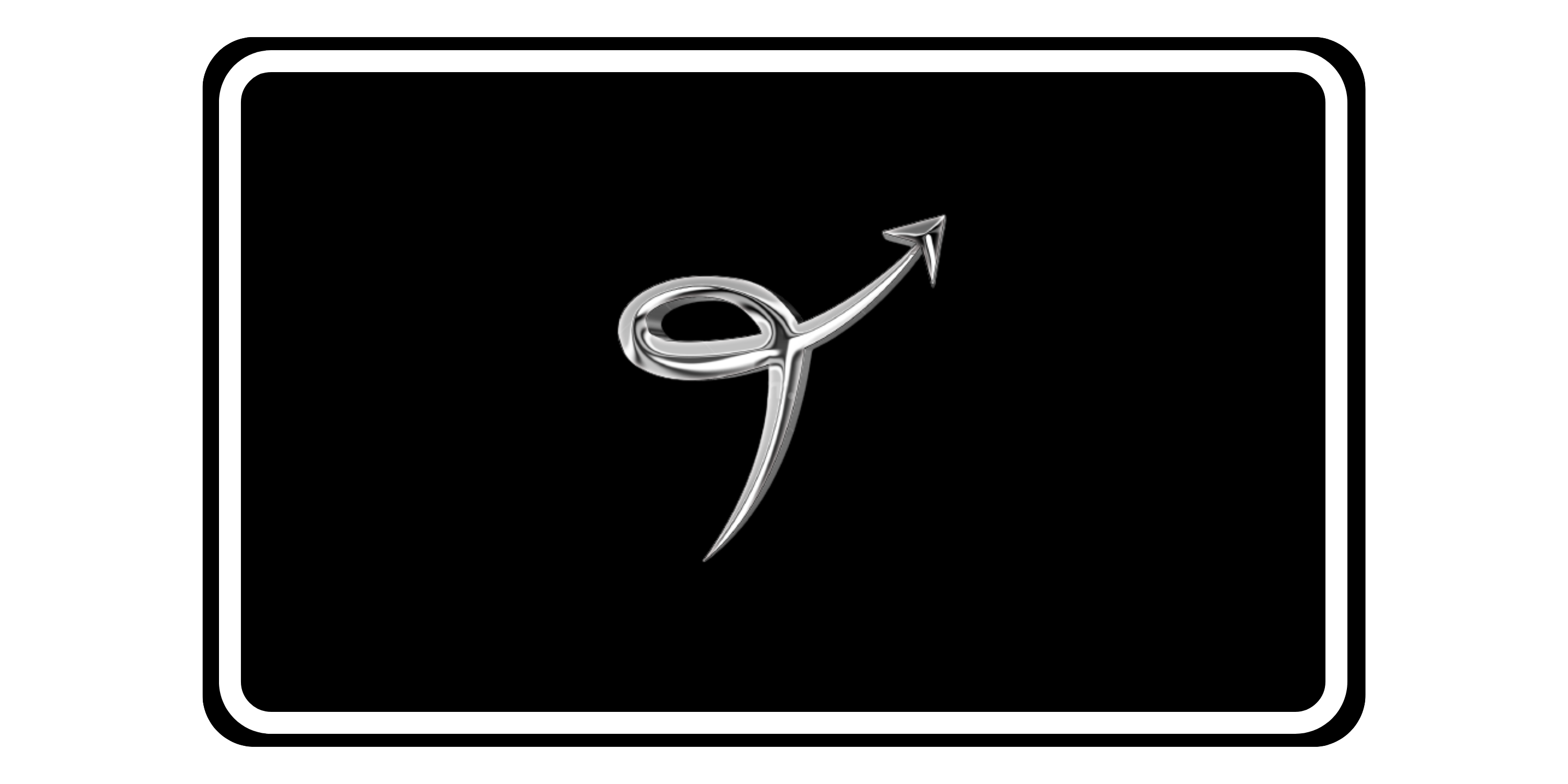
Everything you want to know about NFC technology in one place
In today's digital age, we use a lot of technology every day, many of which we take for granted. One such marvel of technology is Near Field Communication (NFC). NFC allows two devices to communicate with each other when they are only a few centimeters apart. While it may seem unimpressive due to its limited range, it's an extremely handy feature that we use regularly - perhaps without even realizing it. This article offers an in-depth exploration of NFC technology, its application in our daily lives, and its innovative application in digital business cards.
Unlocking the Secrets of NFC Technology: The Science Behind Touch
Although NFC may sound like a complex technology, it is actually an extension of Radio Frequency Identification (RFID) technology that has been around for years. If you've ever used a key card to enter a building or hotel room, you've used RFID technology.
Both NFC and RFID use the principle of inductive acquisition for short-range implementations. The process involves a reading device that passes an electric current through a coil, creating a magnetic field. When the self-coil tag is brought close to the reader, the magnetic field induces an electric current inside the tag, enabling wireless data transmission.
NFC is based on RFID technology, but operates within a much shorter transmission range.
The rise of digital business cards
One of the newest and most exciting applications of NFC technology is digital business cards. As the name suggests, they are virtual versions of traditional business cards. Instead of handing over a physical card, simply hold your phone up to another NFC-enabled device to share your contact information.
NFC vs. Bluetooth and UWB
Although NFC, Bluetooth, and ultra-wideband (UWB) are all wireless communication protocols, each has its own unique advantages. NFC stands out for its fast and effortless connection that does not require manual pairing or input. It is also more energy efficient, making NFC an ideal choice for devices that need to save battery.
NFC is less demanding on battery and faster to use compared to Bluetooth.
Frequently asked questions
To further clarify your understanding of NFC and its applications, we will address some frequently asked questions.
What is an NFC tag?
An NFC tag is a small integrated circuit with a copper coil and some storage space. It can only transmit data when another NFC device is brought close to it.
What is an NFC reader?
Any powered device with an NFC coil can function as an NFC reader.
Do iPhones and Android devices have NFC?
Every iPhone model since the iPhone 6 includes NFC. As for Android, most mid-range and premium devices support NFC.
How can I check if my phone has NFC?
On Android, you can find NFC in the "Connected Devices" or "Network & Sharing" submenus in the Settings app.
What does NFC mean on my phone or other NFC device?
NFC stands for Near Field Communication.
How to turn off NFC on iPhone?
You can't explicitly turn off NFC on iPhone. It is always on by default.
What are NFC mobile payments?
Your smartphone can use NFC to mimic a contactless debit or credit card using apps like Google Pay, Samsung Pay, and Apple Pay.
As the world continues to evolve digitally, NFC technology, especially as seen in digital business cards, will only become more integrated into our daily lives. Embrace the future and tap to share!

